Lake Varese: among nature walks, artistic treasures and traces of a distant past. Lake Varese is a perfect place to take a break from hectic city life and relax in an environment endowed with a unique charm. First and foremost, the entire circumnavigation of Lake Varese is an ideal route for bicycle enthusiasts as a bicycle path runs along it, thanks to an almost completely flat route. Around Lake Varese one can then enjoy picturesque views and from here one can take many routes to discover varied nature and ancient traditions. Chestnut and beech forests dot the Campo dei Fiori Regional Park, a paradise for those who want to devote themselves to trekking, taking advantage of a dense network of trails that climb up to the marvelous Sacro Monte di Varese, a UNESCO World Heritage Site. However, Lake Varese is also famous for its many Art Nouveau villas, churches, monuments and, last but not least, the extraordinary Neolithic village that stood on theislet Virginia. Here are 10 must-see stops on a trip to Lake Varese.
Just outside Gavirate, in the small hamlet of Voltorre, stands the famous 12th-century portico. Considered one of the most admirable examples of Lombard Romanesque architecture, the Voltorre cloister is now a permanent exhibition venue, but more importantly it is a great... museum of itself. As a museum of modern art, the cloister houses mainly collections from the area not usually open to the public. However, it is the cloister itself that is the great attraction of Voltorre whose history and importance can be traced in the historical exhibition always set up, in the tiles and capitals of the colonnade.
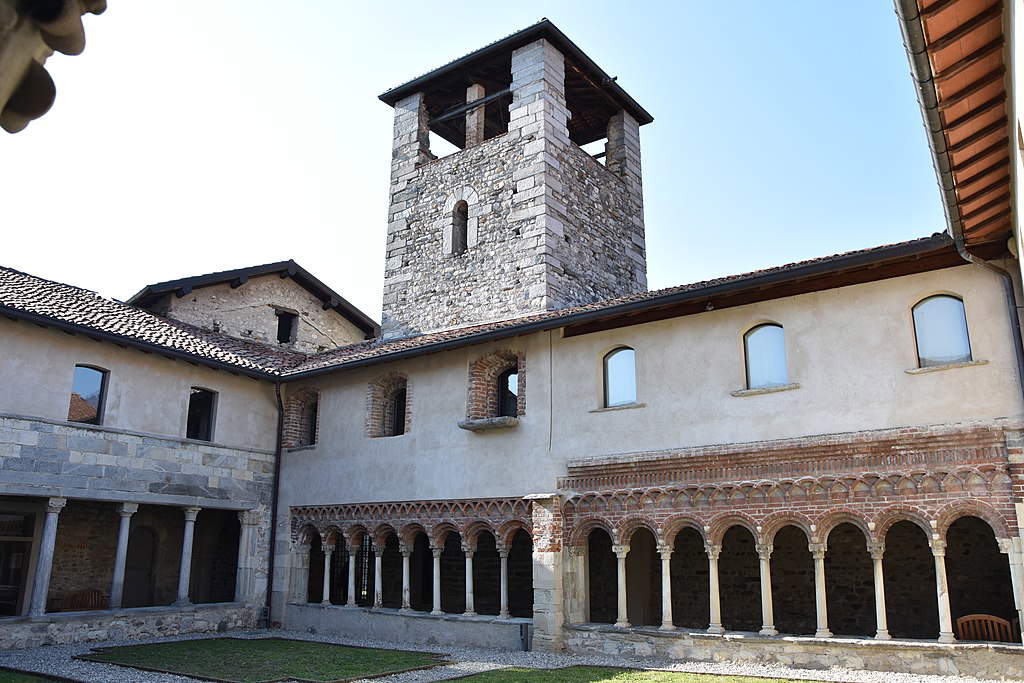
Some squat trulli a few hundred meters from the waters of Lake Varese. This is the first impression that the icehouses of Cazzago Brabbia leave on the visitor. However, the “giazzér,” as they are called in the local dialect, have nothing to do with the constructions of the Itria Valley, but they nevertheless have a fascinating history. They are circular buildings made entirely of stone that date back to the 18th century and cover embankments up to ten meters deep. The icehouses were once filled during the winter with sheets of ice collected by Cazzago fishermen directly from the lake, and these then were able to keep for up to a whole year.
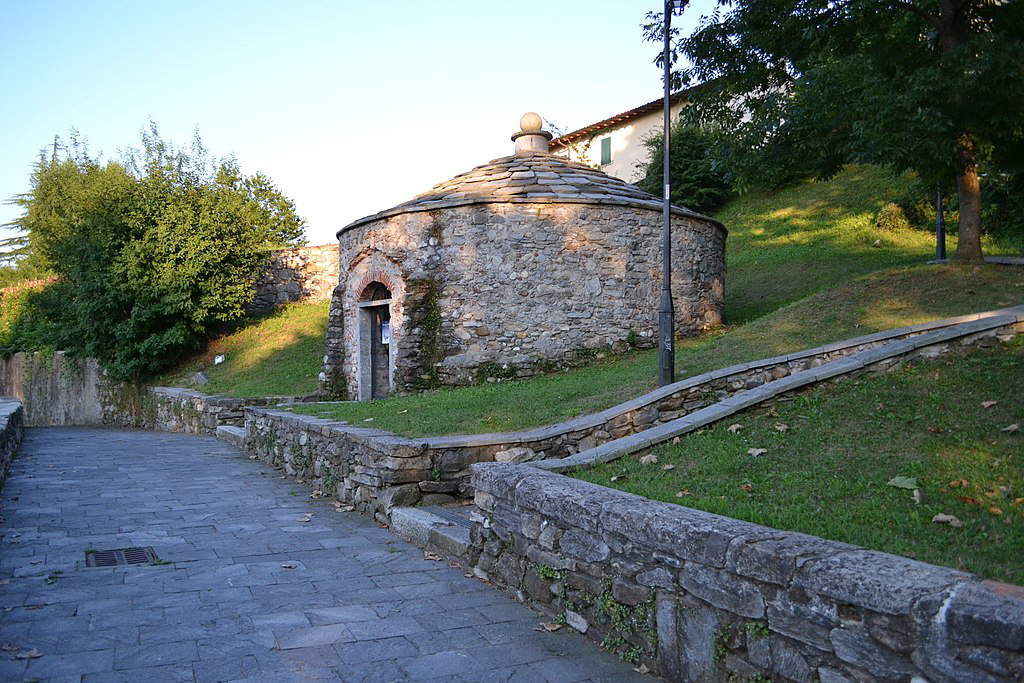
Within the Campo dei Fiori Regional Park, the Sculpture Trail is one of the most popular places for hikers and, especially, families. Along the first portion of the spectacular trail that connects the village of Cerro di Caldana to Fort Orino, a stronghold dating back to World War I, is this route surrounded by greenery and dotted with characters carved in wood. These are works created in 2016 by Sergio Terni, who, one after another, created in the dead chestnut trees the face of the guardian of the forest and then again a squirrel, the blindfolded goddess, a giant spider, a viper, an owl, and then again a gnome with a lot of red hat, a toothless witch and even a small elf with his lantern.
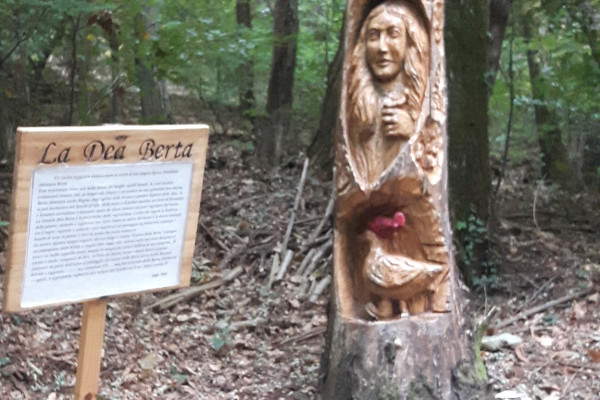
Off the beaten path of mass tourism, Capolago is a gem that still preserves intact the vestiges of its past and the traditions of its inhabitants. Long an autonomous municipality, Capoloago is located about four kilometers from the center of Varese, of which it is now one of its hamlets. Every year Capolago hosts the Festival of the Woods, organized by the Alpini group, which attracts many people, but also worth a visit are the ancient monastery church and the famous pier that can be reached with a small detour from the bike path and that stretches for dozens of meters over the waters of the lake, offering breathtaking views.

Nestled between the placid waters of Lake Varese and the mountains that serve as its omnipresent backdrop, Azzate is a place that instills tranquility and relaxation. Between picture-postcard landscapes and places to unplug, Azzate preserves many monuments and places of interest, starting, certainly, with the shrine of Our Lady of the Lake, inside which is a fresco of the Nativity that is the object of deep devotion by the locals, who celebrate it every year in October with the Feast of the Little Madonna of the Lake. Moving a little further from the shores of the lake, one can then come across bucolic landscapes that bear witness to the traditions of this land among farmsteads, fields and mills. Finally, the church of San Giorgio, located in the hamlet of Vegonno, deserves special mention.
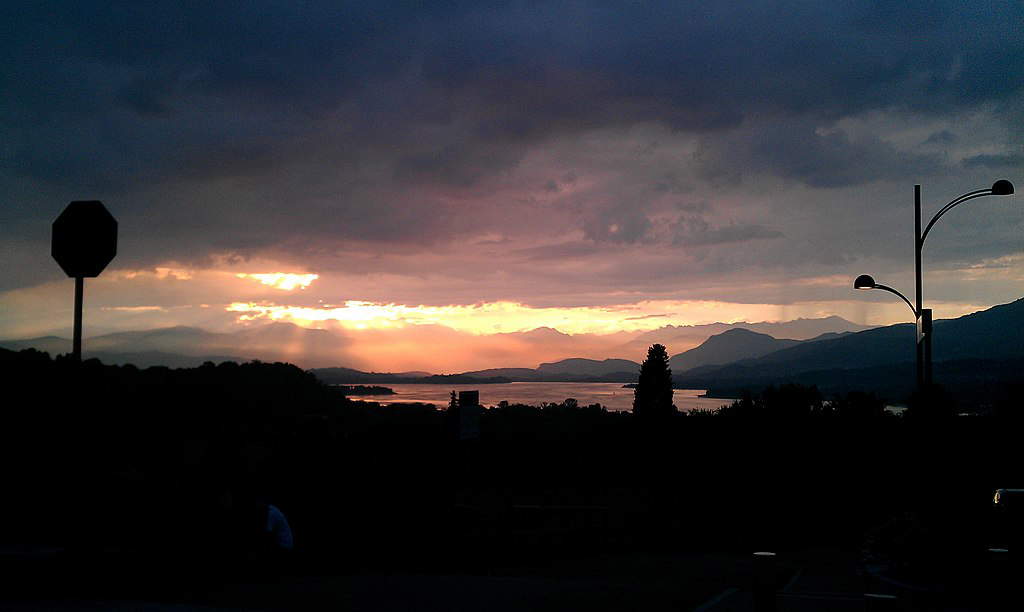
A 17th-century mill that was the birthplace of painter Innocente Salvini (Cocquio Trevisago, 1889 - 1979) and now converted into a very special museum. All this can be found in Cocquio Trevisago, where the Lombard artist lived and worked for a lifetime. A beautiful gipsoteca is dedicated to his works with a strong expressionist imprint, which is made even more interesting by the special venue that houses it. The Salvini Museum is located inside an old mill that is in itself a splendid testimony to industrial archaeology characterized by two wheels and a series of perfectly functioning gears. Added to this are the remains of a medieval tower.
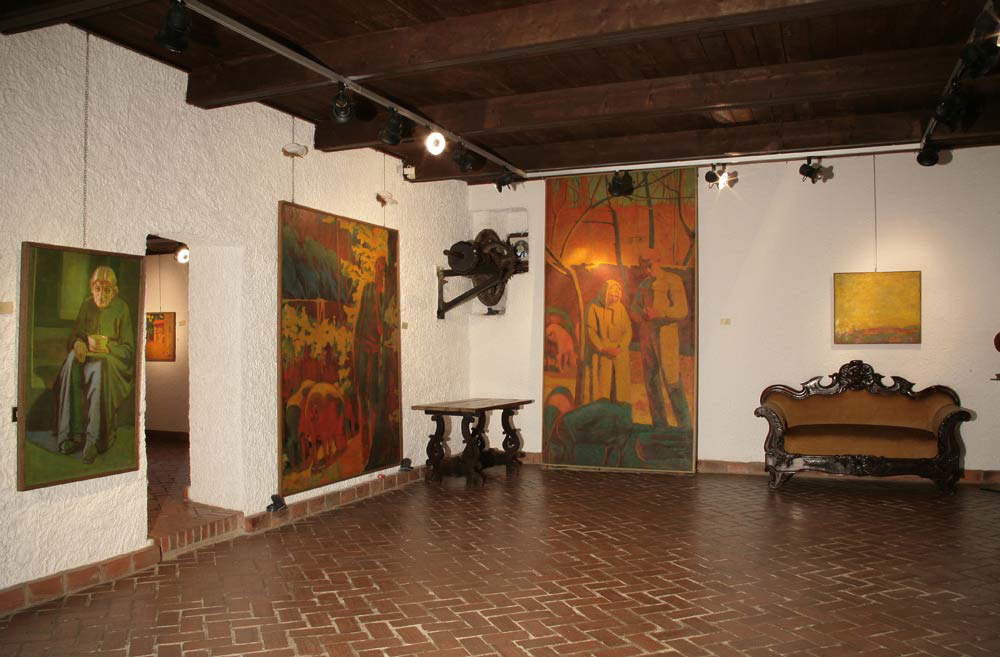
A few kilometers from Varese, in the village of Valcuvia is Villa Della Porta Bozzolo, a 16th-century country mansion that later became an elegant summer residence during the 18th century. This architectural gem tells well of the atmosphere of its time and the opulence in which its wealthy owners lived. Surrounded by a scenic Italian garden, Villa Della Porta Bozzolo retains a rustic soul proper to when it was built, but it is most famous for what later restorations have left it when it was transformed into a place for parties and holidays. Today one can visit the many lounges, parlors and salons frescoed in the Rococo style with illusionistic painted architecture.
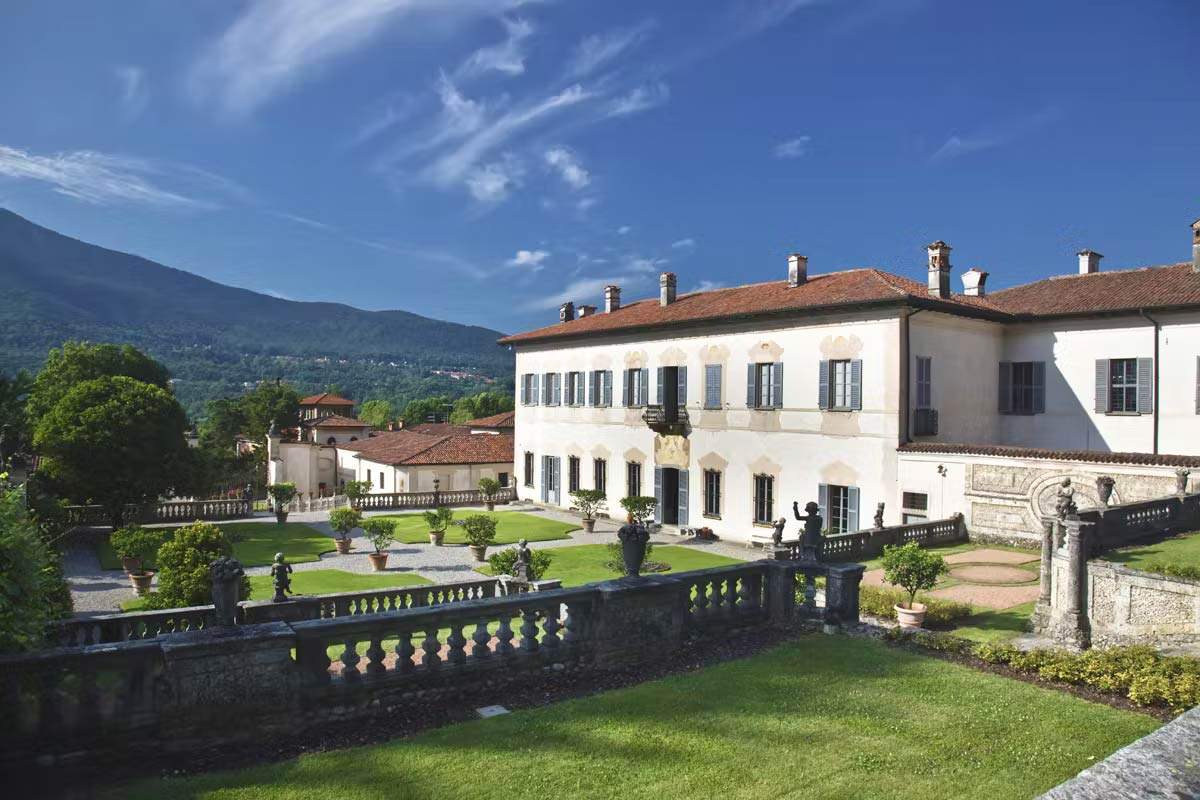
The Brabbia Sw amp is a magnificent example of a low piedmont peat bog of post-glacial origin. Among large areas of reeds and numerous bodies of water, the Brabbia Swamp is now a very important nature oasis that is home to numerous species of animals and plants. Here one goes from the aquatic environment to the wooded one, and so one can come across a very large biodiversity that can be observed up close thanks to the many equipped trails that cross the marsh and the possibility of also following guided tours to go and discover even the most remote corners of this unique place.
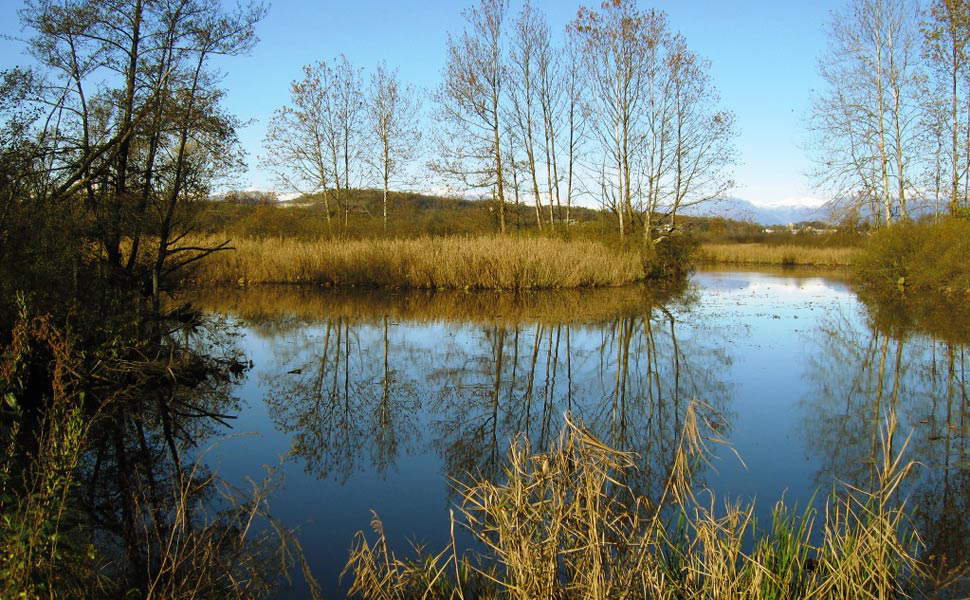
A few meters from the western shore of Lake Varese, in the territory of Biandronno, lies the Virginia Islet, a triangle of land with a very ancient history. Important remains of a prehistoric settlement have been found here since the 19th century, and in particular, traces of Neolithic pile-dwelling sites dating back to at least 3,500 BC. This is the oldest prehistoric pile-dwelling settlement in the Alps inscribed on the UNESCO World Heritage List since 2011, and today you can visit a small museum that traces the history and evolution of this site, which has been inhabited by humans for more than 4,000 years.
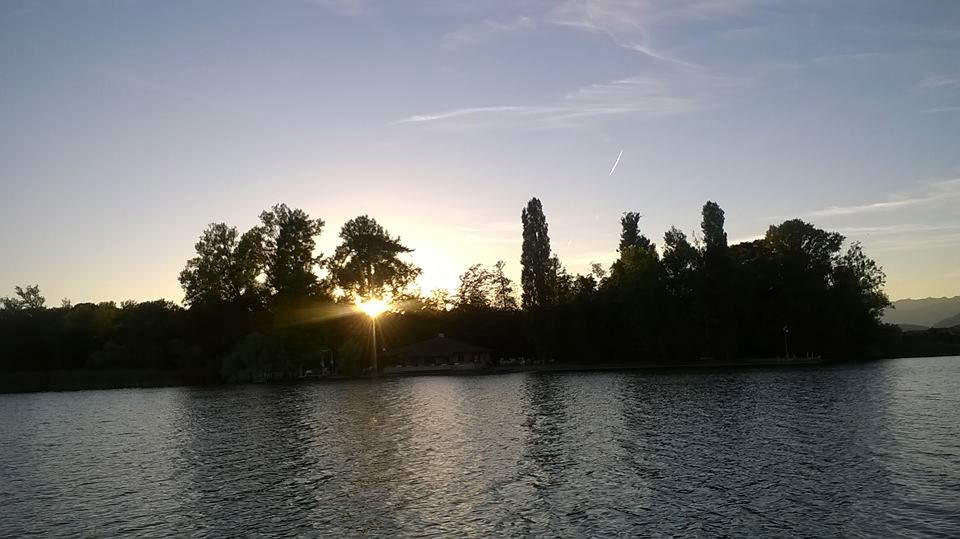
An 18th-century rural farmhouse houses the works of Floriano Bodini and other artists related to him. The collection consists of numerous books and then sculptures, paintings and graphic works by artists appreciated and collected by Bodini himself as well as numerous of his works that cover the entire span of his artistic activity including plaster casts, bronzes, terracottas, marbles and multiple pieces of medallic and graphic production. The museum also boasts an extensive permanent collection of sculptures by artists ranging from Leonardo Bistolfi to Medardo Rosso, Arturo Martini to Giacomo Manzù, Giuseppe Grandi to Lucio Fontana, and Francesco Messina to Augusto Perez. Paintings include works by Alberto Sughi, Franco Francese, Giuliano Vangi, Giuseppe Zigaina, Piero Leddi and many others.
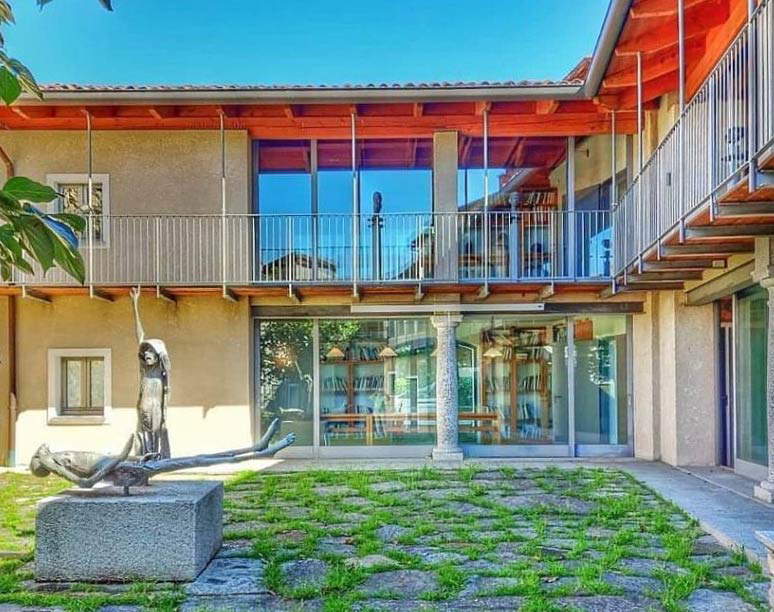
 |
| Lake Varese, what to see: 10 must-see places |
Warning: the translation into English of the original Italian article was created using automatic tools. We undertake to review all articles, but we do not guarantee the total absence of inaccuracies in the translation due to the program. You can find the original by clicking on the ITA button. If you find any mistake,please contact us.